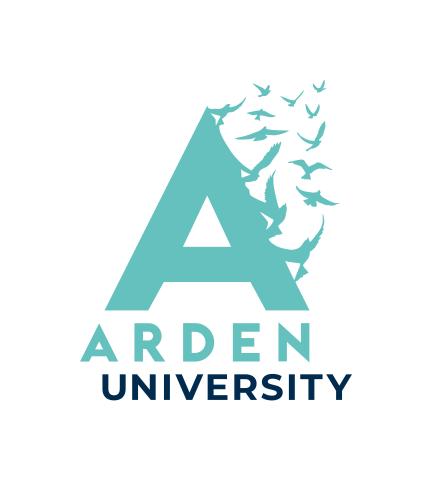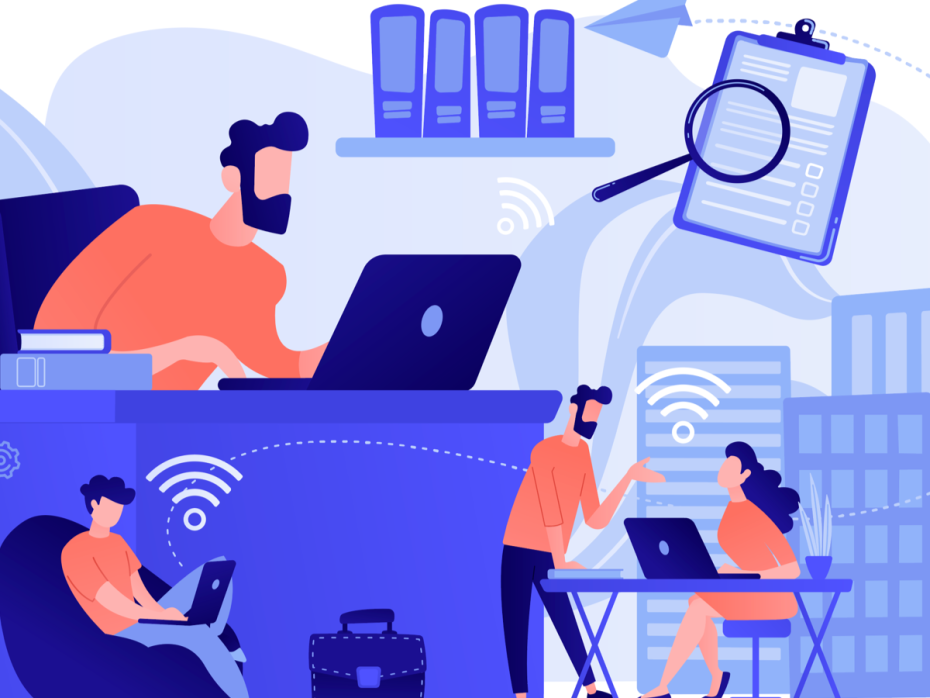
How to assess if online tools will enhance learning experiences
Elizabeth Ellis offers five tips for assessing and selecting digital education tools that will improve rather than distract from your teaching
The pressure and excitement of the online learning space can feel a bit like a Christmas tree. Keen to have your tree shine brighter than your neighbours’, you add extra tinsel and another bauble. If you’re not careful, however, you can find yourself chucking all kinds of mismatched decorations at it and, before you know it, the tree looks a mess and is tipping over under the weight of good intentions.
Online tools are not a magical “fix” for poor teaching and should only be used where they will support and enhance your chosen pedagogy. Here are five rules to consider when choosing what technology to bring into your classroom.
<������>Rule #1: Do you even need a tool?Do you definitely need technological support? Or are you falling at the wrong end of the gimmick spectrum, where it’s a shiny distraction rather than a useful opportunity for learning? If you’re adding an app into something just for the sake of making it seem “digital”, students will switch off.
Think about your teaching, your students and your desired outcomes. What do you want the students to learn? What kinds of skills are you trying to encourage? It’s OK to encourage students to walk around the block and find a tree to look at. You don’t have to get them to use an app about trees – unless that will enhance their walk and understanding.
A former colleague, Mark Childs, spoke on a podcast on ed-tech retrospectives about training academic staff to use the virtual-world platform Second Life. He recounted that the first thing they’d build in the virtual world was a lecture theatre!
<������>Rule #2: Think about what your tools are forIf you’ve got a tool and you’re scanning your curriculum to see where you might add it in, you’re putting the cart before the horse. Intentionality is crucial to implementing online tools that are useful and enhance learning.
It’s important to make sure that, whatever your role in the design and delivery of learning, you prioritise the knowledge, skills and experience you’re working with students to achieve. Then you can focus on the best mix of activities that will aid the students in attaining the desired outcomes and experience. Finally, with thoughtfulness, you can consider which online tools will aid that experience.
<������>Rule #3: What kind of pedagogy does it have ‘baked in’?Digital teaching expert refers to “baked-in pedagogies”: where tools and systems have their own pedagogies that are designed into the functionality.
Learning providers should make sure they understand the tools and what pedagogies their functions are naturally attuned to. That way, they can place them in the context of the broader learning experience to make a sound decision for the students. Try to maintain the bigger picture – if I introduce this tool, how will that bend or mould my teaching? And how will it bend or mould my students’ learning styles? Online learning tools are for sale from profit-making organisations, so caveat emptor.
<������>Rule #4: Here’s one we made earlierDo you know and understand what tech tools your institution already has to offer? Do you know about the funky plugins in your virtual learning environment (VLE)? Do you know what your colleagues in other faculties have been offering as standard in their teaching? Do you have a sense of all the services offered to students via different branches of the university, such as the library, learning technology, IT, careers or student support?
We’re trying to re-conceive this as a “digital backpack” for staff and students: all the tools and platforms that have been reviewed by IT, professional services and academics through a process of due diligence and compliance, and therefore are available to deploy within the digital ecosystem.
<������>Rule #5: Universities are not the only game in townWhen it comes to online tools, for the student, the university isn’t the only game in town. Some tools and services don’t come via the institution at all – students find, explore, share and implement their own tech discoveries. There are three responses to this:
-
You can work with students to understand what makes up their personal ecosystem, and what tools might be effectively introduced to formal learning to enhance it
-
You can decide to not co-opt personal learning strategies and approaches into your own teaching, which can be resented as an encroachment into a student’s personal space
-
You can take students through a process to help them better understand their personal digital ecosystem and the potential of the tools, apps, platforms and services they use to aid their learning as part of developing their digital learning skills.
For instance, you could think about how to knit together services such as online notetaking via platforms such as Notion, with the content curation offered by software such as Pocket, and collaboration tools by providers including Padlet, to augment what an institution provides and help students build confidence and competence within the digital space.
As with many things in higher education, ed-tech and digital technology can be very good or very bad. Most often, a bad experience is created because we haven’t taken the time to understand how and why we are introducing a piece of technology. As educators we have a responsibility to create a digital learning experience that benefits our students, and to do that, we must make our choices wisely.
Elizabeth Ellis is head of the School of Digital Education at .




.jpg?h=e3823f31&itok=I_omzPk8)